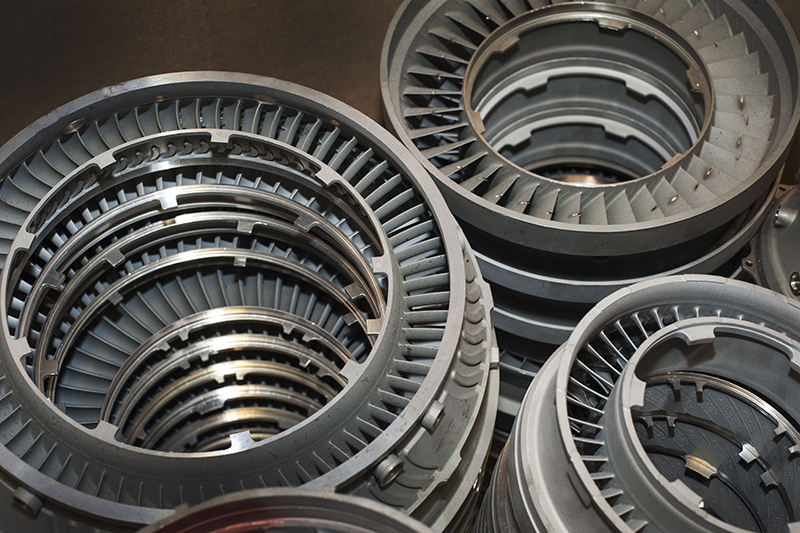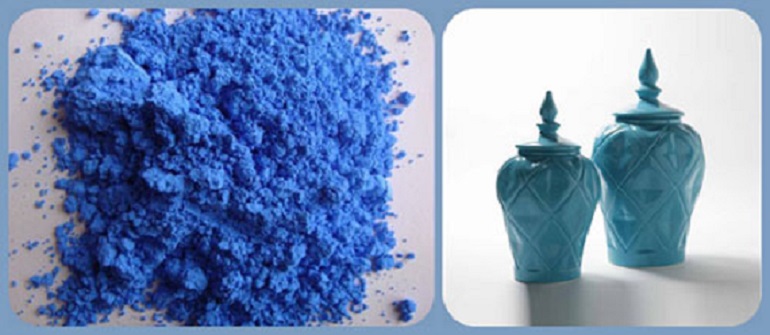7 Uses of Cobalt You Mightn't Know

7 Uses of Cobalt You Mightn't Know
Cobalt is a silver-gray metal with element symbol Co, atomic number 27, a melting point of 1495 ℃, and a boiling point of 2870 ℃. Due to its good temperature resistance, corrosion resistance, and magnetic properties, cobalt is widely used in production and our life. In this article, we'll introduce 7 uses of cobalt you mightn't know.

Uses Of Cobalt
1. The Uses of Cobalt in the Field of Magnetic Material
Cobalt is one of the few metals that remain magnetic after a single magnetization. The temperature at which magnetism is lost by heat is called the Curie point. Iron has a Curie point of 769 ° C, nickel of 358 ° C, and cobalt of 1150 ° C.
The magnetic steel containing 60% cobalt has a coercive force 2.5 times higher than that of ordinary magnetic steel. Under the vibration environment, the general magnetic steel loses almost 1/3 of its magnetism. Cobalt steel loses only 2% -3.5% of its magnetism.
Because of its superior magnetic properties, cobalt is widely used in the manufacture of high-performance magnetic materials.
2. The Uses of Cobalt in the Field of Hard Alloy and Superalloy
Tool steel containing a certain amount of cobalt can significantly improve its wear resistance and cutting performance. Cobalt combines other metal carbide grains in the alloy composition to make the alloy tougher and reduce the sensitivity to impact. This alloy is welded to the surface of the part and can increase the life of the part by 3-7 times. Stellite hard alloys containing more than 50% cobalt will not lose their original hardness even if heated to 1000 ℃.
When the temperature is above 1038 ℃, the superiority of the cobalt-based alloy is revealed, and it is particularly suitable for making high-efficiency high-temperature engines and steam turbines. Therefore, the cobalt-based alloy is widely used in the aerospace and modern military fields.
The use of cobalt-based alloys containing 20% -27% chromium in the structural materials of aviation turbine engines can achieve high oxidation resistance without using any protective coating.
3. The Uses of Cobalt in the Field of Battery Material
Currently, nearly 40% of cobalt consumption is used for rechargeable battery materials, such as lithium cobaltate for lithium-ion batteries and cobaltous oxide for nickel-metal hydride batteries.
The main use of cobalt is for lithium batteries. One of the cores of lithium-ion batteries is its positive electrode material, which uses lithium cobalt oxide (LiCoO2). Lithium cobalt oxide is a solid electrolyte with high energy density and high environmental safety.
Compared with Ni-Cd and Ni-Mn, the advantages of lithium batteries are wide voltage range, high energy density, and environmental protection.
4. The Uses of Cobalt in the Medical Industry
Cobalt is also widely used in the medical field. The radioactive isotope of cobalt can treat skin diseases and malignant tumors. Adding an appropriate amount of cobalt to penicillin can improve its curative effect. In vitamin B12 (alias cobalamin), which has special effects on hematopoiesis, the cobalt content is as high as 4.5%. In addition, cobalt is also used in artificial joint materials and dental fillings.
5. The Uses of Cobalt in the Field of Pigment
Cobalt Blue Pigment

The Uses of Cobalt in the Field of Pigment
The chemical composition of cobalt blue is CoO • Al2O3. The cobalt blue pigment has a bright color. In addition, it has strong weather resistance, acid and alkali resistance, and heat resistance up to 1200 degrees Celsius, suitable for coloring pigments for ceramics, glass, enamel, and other materials.
Cobalt Purple Pigment
The cobalt purple pigment used for the decoration of ceramics, glass, and other products is cobalt phosphate, the chemical formula is Co3 (PO4) 2, which is blue-phase purple and is synthesized by the dry solid phase.
Cobalt Black Pigment
Cobalt black pigments mainly include iron-cobalt black and iron-cobalt chrome black. The basic chemical formula of iron-cobalt black is (Fe, Co) Fe2O4, which is mainly used for the coloring of ceramic green bodies. The coloring mechanism belongs to metal mixed-phase coloring.
The chemical formula of iron-cobalt chrome black is (Co, Fe) (Fe, Cr) 2O4, which is mainly used for the coloring of ceramic glazes, and the coloring mechanism is also metal mixed-phase coloring.
6. The Uses of Cobalt in the Field of Feed Additives
Cobalt deficiency in animals, especially ruminants, can cause diseases such as decreased digestive capacity and anemia, so trace cobalt is widely added to animal feed.
7. The Uses of Cobalt in the Field of Catalyst and Adhesives
Cobalt compounds can be used as catalysts in the petrochemical industry and as adhesives in the rubber tire industry.
Conclusion
Thank you for reading our article, and we hope it can help you have a better understanding of the uses of cobalt. If you want to know more about cobalt or other refractory metals, you can visit Advanced Refractory Metals (ARM) for more information.
Headquartered in Lake Forest, California, USA, ARM is a leading manufacturer & supplier of refractory metals across the world, providing customers with high-quality refractory metals such as tungsten, molybdenum, tantalum, rhenium, titanium, and zirconium at a very competitive price.
{{item.content}}
LEVE A REPLY
{{item.children[0].content}}
{{item.content}}






